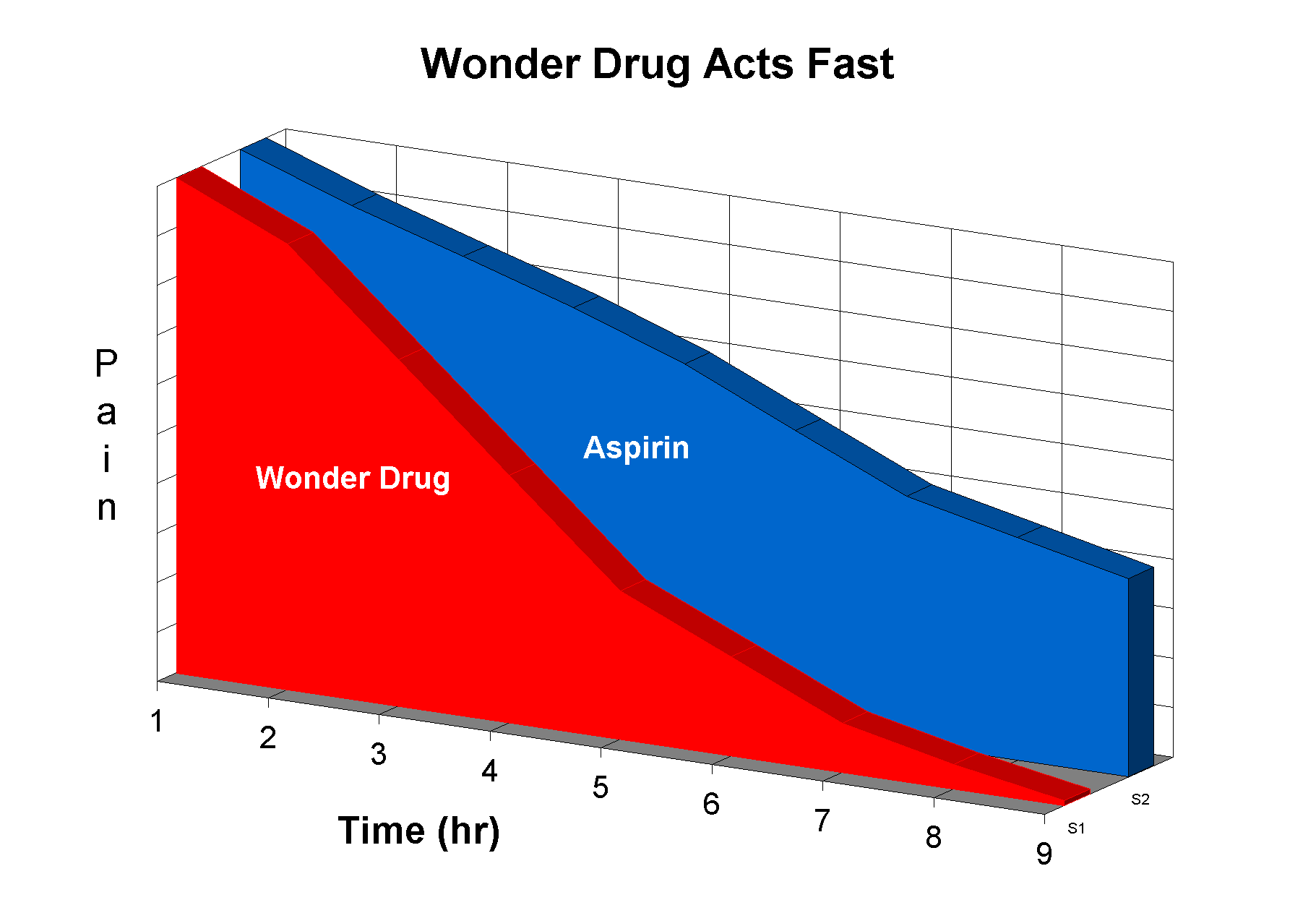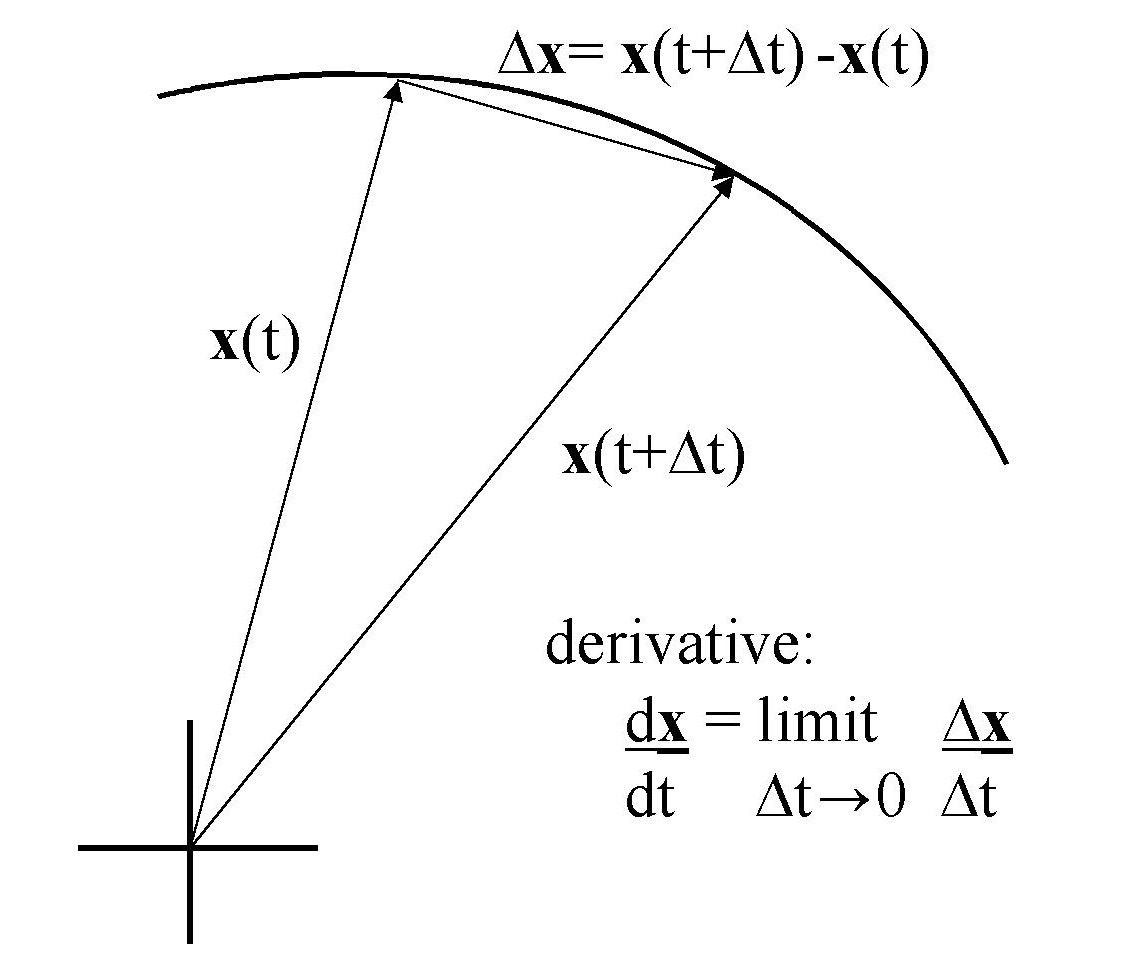Physiological Monitoring
Notes for lectures on Cardiovascular Measurements
by K.H. Parker
What is wrong with this plot?

Basic concepts
1. Mass dimension [M], SI unit (kg)
- A basic property of matter.
- It is a scalar.
- It is virtual impossible to measure directly (see below).
- We all have a 'sense' of time, but it is very difficult to define.
- See A Brief History of Time by Stephen Hawking for more more information.
- Time is relative; i.e. it must be expressed relative to a some reference time.
- It is a scalar.
in Islamic societies the year is 1420 AH
computesr measure time from 1 Jan 1970
3. Position dimension [L], SI unit (m)
- Position is relative, it can only be measured relative to some frame of reference
- It is a vector; i.e. it has both magnitude and direction.
In mechanics, these three properties are considered to be the basic
units, all other mechanical variables can be expressed in terms of them.
4. Velocity
If position is a function of time, X(t), we can define the rate of
change of position by considering the ratio of the change of position to
the change of time,

- From the definition of velocity we can see that velocity is a vector (a vector divided by a scalar is a vector).
- The dimension of velocity also follows from the dimensional integrity
of the defining equation; i.e. dimension [L][T]-1, SI units
(m/s).
Velocity is a function of time, V(t), and so we can similarly define the rate of change of velocity
dt dt dt dt2
- Acceleration is a vector.
- The dimensions of acceleration are [L][T]-2, SI units (m/s
2)

The example to the right follows a more complicated path. Note that zeros in velocity correspond to the local maxima and minima in position. Similarly, maxima and minima in the velocity correspond to points of zero acceleration which correspond to points of inflection in the position. Velocity is the slope of position. Acceleration is the slope of the velocity.
6. Force
In addition to moving around in space, bodies interact with each other. These mechanical interactions are called forces. There are many types of forces; muscular forces (pulling and pushing), gravitational, hydrodynamic, magnetic... One of Newton's great contributions to human understanding was his concept of a general force, i.e.that all of these different forces were different manifestations of the same thing.
- Force is a vector, it has both magnitude and direction.
which you probably know as 'F=ma'. This, however, is a special case of what Newton actually stated (see below)
dt
where F is the net force (the sum of all of the forces acting on a body) and MV is known as the momentum.
dt dt
- From Newton's Second Law, we see that the dimensions of force are [M][L][T] -2, in SI units (kg m/s2) this is also defined as (N)
7. Work and Energy
-
The dimensions of work are [M][L]2[T]-2; in SI units (kg m2/s2) defined as (W).
Energy: There are several types of energy. Two examples are:
- Kinetic energy:
KE = ½ MV2
- Potential energy due to gravity:
PE = Mgh
where g is the acceleration due to gravity and h is the height.
-
The dimensions of energy are the same as work, [M][L]2[T]-2
-
When there is no dissipation, the change in total energy in a system is equal to the work done on it. If no external work is done on the system, the total energy is constant.
-
Energy is also important when we consider interactions which are not simply mechanical. In the body, for example, we generally have to consider chemical energy (metabolism) and thermal energy (heat).
Fluid Mechanics